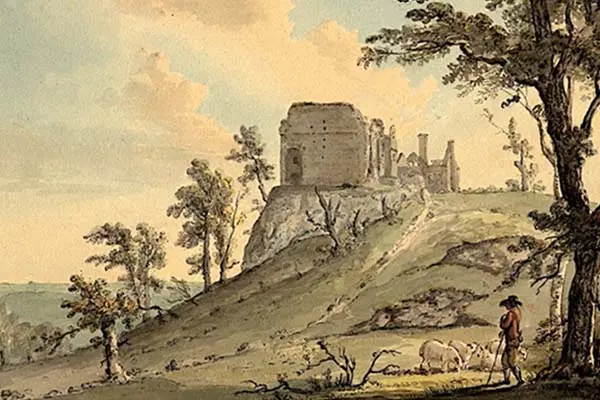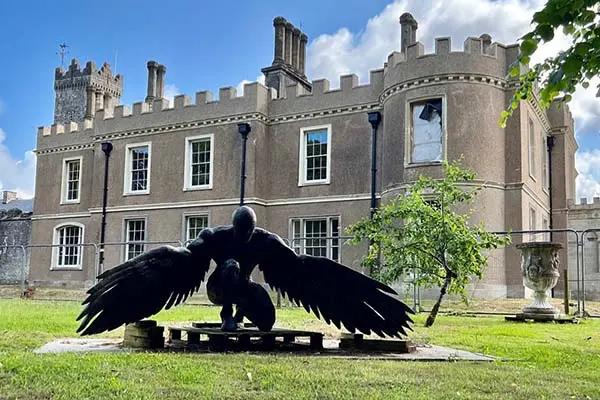Late 11th Century:
Penllyn Castle was constructed by Robert Fitzhamon, a Norman lord, after the conquest of South Wales. It was likely built as a motte-and-bailey structure with a wooden keep, similar to other contemporary castles like Ogmore Castle.
12th-14th Century:
The castle was part of the Fitzhamon family's lands. Over time, the structure evolved into a stone fortress, possibly with a tower and defensive features to adapt to the shifting political climate of medieval Wales.
15th Century:
Penllyn Castle saw some changes, including likely repairs and modifications due to conflicts and evolving military needs. There is no clear documentation of major alterations during this period, but it continued to function as a stronghold.
17th Century:
By this time, Penllyn Castle had fallen into decline. Historical records from the period suggest that it was no longer a primary residence and had become largely in ruins.





